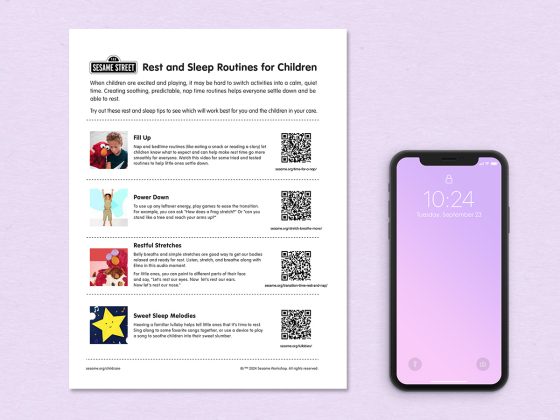
Routines to Help Children Rest and Sleep
Soothing, predictable, nap and bedtime routines can help children settle down for rest.
From lullabies to quick stretches with their favorite monsters, there are lots of ways to help ease children into nap and bedtime. And while every minute before rest may not be perfectly peaceful, it helps when there are consistent routines that lead to a calming wind-down.
Use these resources and share them with parents and other caregivers to help find a rest routine that works. You can print this page as a handout, or share the messages through texts or emails.
- Relaxing Routines: Nap and bedtime routines (like eating a snack or reading a story) let children know what to expect and can help make rest time go more smoothly for everyone. Watch this video for some tried and tested routines to help little ones settle down.
- Power Down: To use up any leftover energy, try playing a simple game. For example, you can ask “How does a frog stretch?” Or “Can you stand like a tree and reach your arms up?”
- Restful Stretches: Belly breaths and simple stretches are a good way to get our bodies relaxed and ready for rest. Listen, stretch, and breathe along with Elmo in this audio moment. With smaller children, you can point to different parts of their face and say, “Let’s rest our eyes. Now let’s rest our ears. Now let’s rest our nose.”
- Sweet Sleep Melodies: Hearing a familiar lullaby helps tell children that it’s time to rest. Sing along to some favorite songs together, or use a device to play a song to soothe children into their sweet slumber.

The Power of Following Children’s Lead
Joining children in their play offers so many opportunities to encourage, communicate, bond, spark and share joy, teach, show warmth and kindness, and help them thrive.
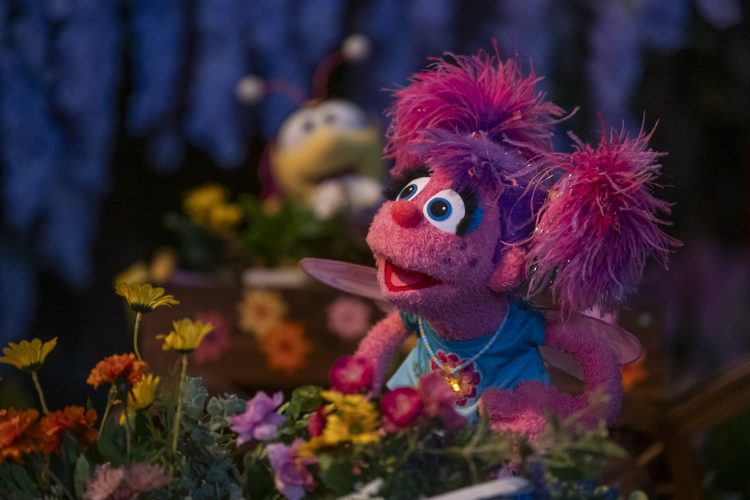
Watch and Play: Abby's Magical Beasties
Watch this episode and explore ways to extend the learning at home.
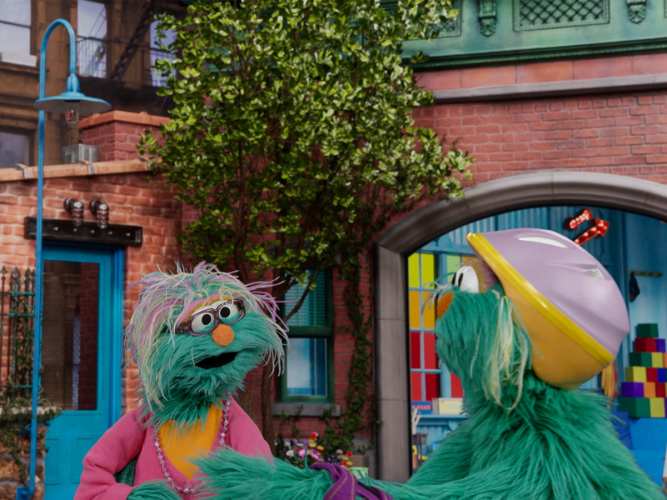
Parenting Moment: Describing
The way you talk with children matters! Your words have power.
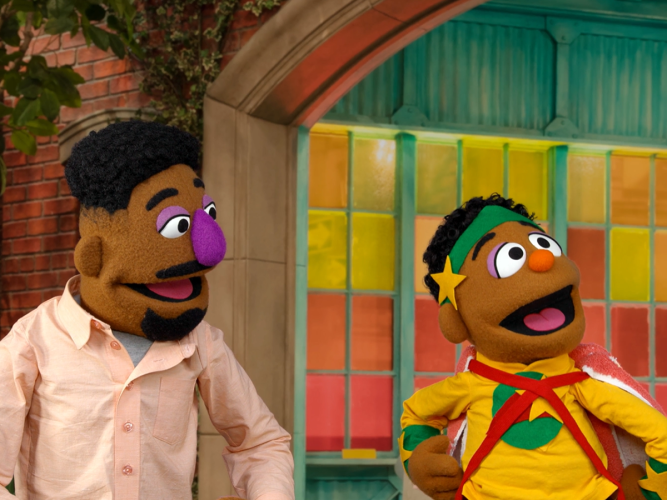
Parenting Moment: Imitating
Playing is learning! The way you play with children matters… your actions and words have power.
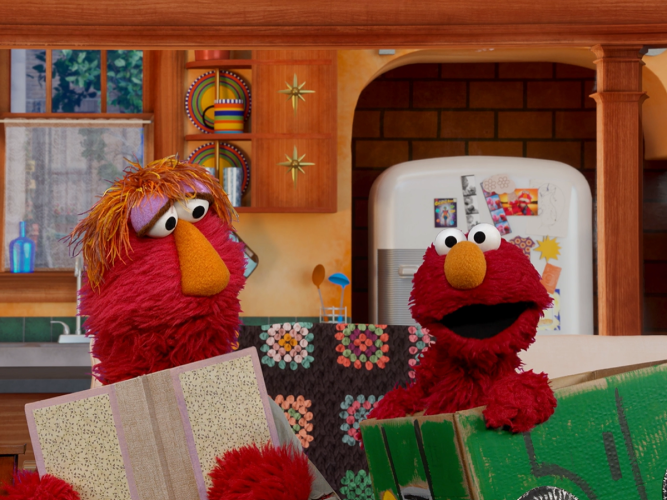
Parenting Moment: Reflecting
The way you talk with children matters… your words have power!
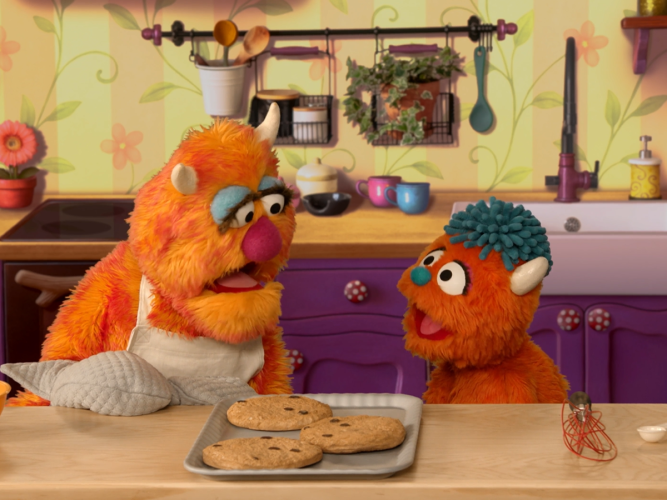
Parenting Moment: Enjoying!
Showing you enjoy your time together with your child builds your special bond. And when you’re being positive, your little one is more likely to do the same.
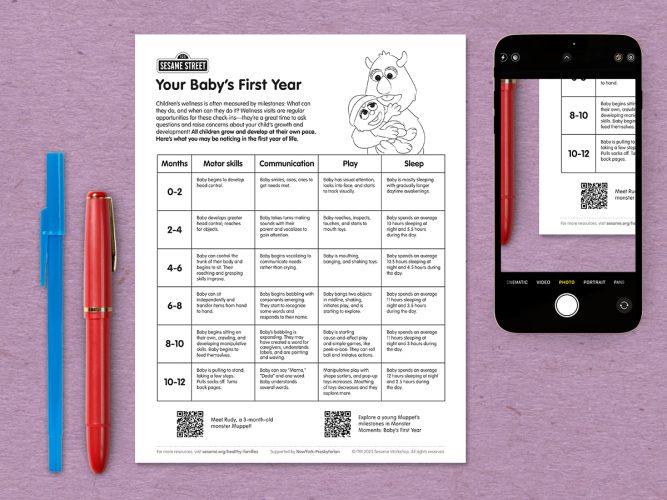
Milestones: Your Baby’s First Year
All children grow and develop at their own pace; use this chart to guide your expectations and observations so you can talk to your child’s pediatrician about questions or concerns.
